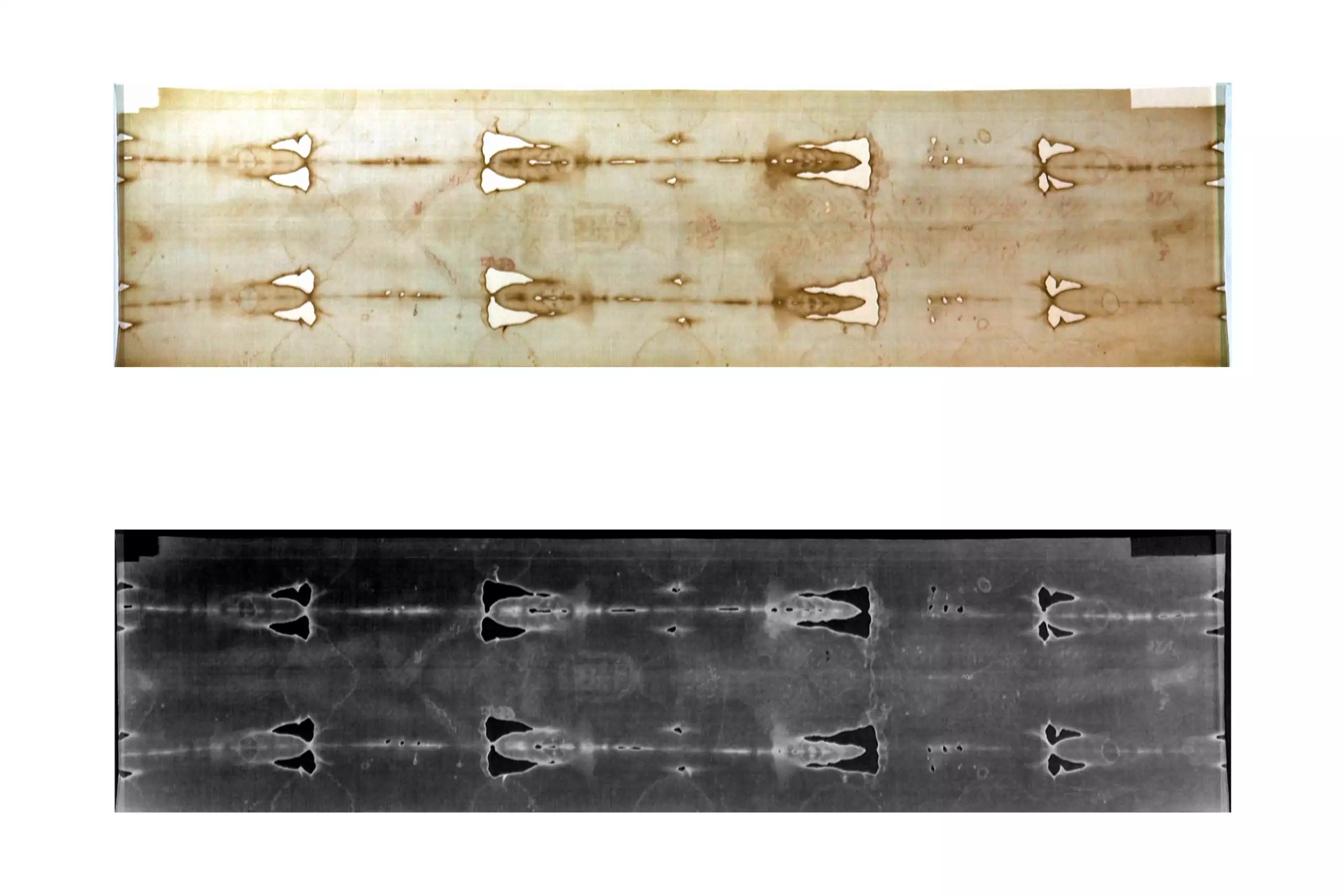A group of Italian investigators has joined the controversy over the Shroud of Turin. The linen cloth thought by some to be Jesus Christ’s tomb shroud.
In a study printed in the journal Heritage, the writers worked dating work on a piece from the Shroud. Figuring that it may be a 2,000-year-old antique.
The Shroud, which has been a matter of extreme scrutiny, features a light image of a guy that some think is the body of Jesus miraculously impress onto the cloth. While the most delinquent studies do not examine the query of whether or not the antique was certainly Jesus’ burial shroud. The writers did discover that its generation is roughly constant with his time.
The findings question earlier research funding the medieval conception of the Shroud. It is one of the most explored archaeological things in the world.
While some investigations have inferred that the antique might be genuine. The scientific agreement leans toward the Shroud being a medieval relic and a copy.
The Shroud was condemn as a fraud by the bishop of Troyes, in 1389, who allegedly recognized the artist accountable. However, the debate is ongoing, with delays and alternative views persisting, hindering a definitive decision regarding its genuineness.
Among the analyses showing a medieval source for the Shroud is a climactic radiocarbon analysis performed in the late 1980s. Which completed that the linen dates to between A.D. 1260 and A.D. 1390. Communicating with the artifact’s willingly documented arrival in France in the 1350s. These outcomes demonstrated that it was not the tomb cloth of Jesus.
Turin Shroud – More to Know
However, some professionals, such as the writers of the Heritage study, argue that these difficulties might have been impaired due to contamination. Such discussions revolving around the contamination theory have hitherto been question as well.
In the Heritage analysis, lead investigator Liberato De Caro, from the Institute of Crystallography in Italy. Associates utilized a novel method for dating antique linen threads by examining their structural degradations. Using a process known as Wide-Angle X-ray Scattering. This was involve in a small selection from the Shroud, which presently lives in the Cathedral of St. John the Baptist in Turin, Italy.
The writers said the consequences of their research were “fully compatible” with similar measures obtained from a linen piece whose dating. According to documented records, is A.D. 55-74 and constant with the theory that the Shroud is a 2,000-year-old antique.
The writers note that the effects are only consistent with this hypothesis. Under the state that the relic was kept at appropriate levels of moderate temperature (about 20-22.5 degrees Celsius) and comparative humidity of 55-75 percent for 13 centuries of strange history. In complement to seven centuries of general history in Europe.
Since the effects do not conform with earlier radiocarbon dating research, the authors stated. “A more objective and systematic X-ray examination of more pieces taken from the Turin Shroud material would be require to verify the conclusions of our analysis.”




